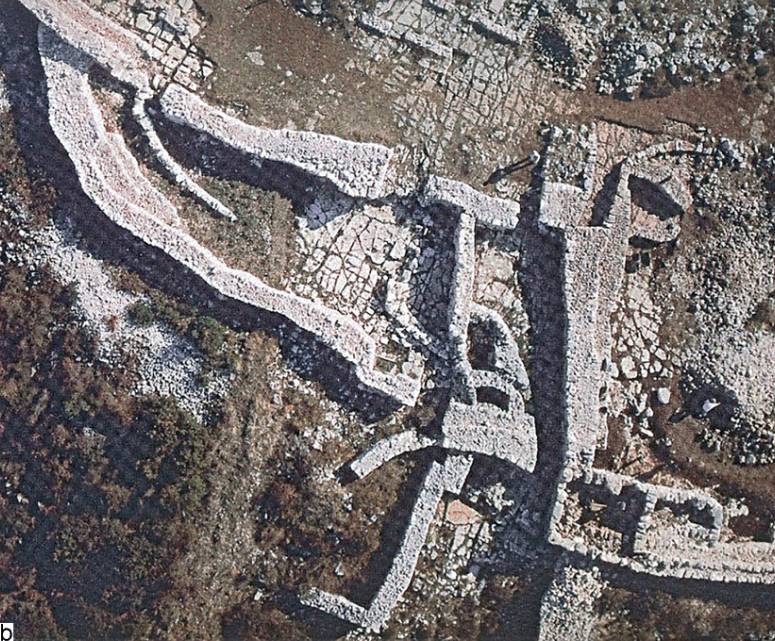Monkodonja is a hill fort settlement that dates back to the Bronze Age, located near Rovinj in Croatia. It stands as a significant prehistoric site that provides insight into the early urbanization in the Adriatic region. The settlement was strategically positioned and fortified with massive walls, suggesting a well-organized community with advanced social structures. Monkodonja offers a glimpse into the life of the ancient people who thrived in the area between 1800 and 1200 BC.
Ancient Civilizations
All Ancient Civilizations, Cultures and People
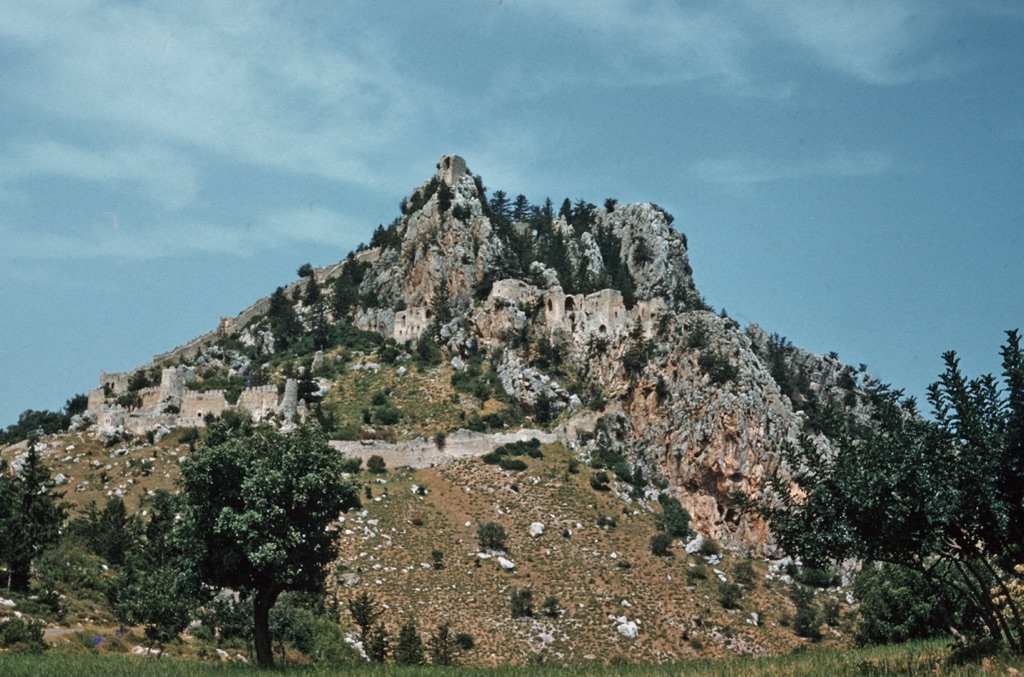
St. Hilarion Castle
Perched atop the Kyrenia mountain range, St. Hilarion Castle is a stunning example of medieval fortification in Northern Cyprus. Its strategic position provided a panoramic view of the island, making it a key defensive stronghold. The castle’s origins date back to the 10th century, and it was named after a monk who allegedly chose the site for his hermitage. Over the centuries, St. Hilarion Castle has been a Byzantine fortress, a royal palace, and an inspiration for fairy tale castles. Its ruins today attract visitors from around the world, eager to explore its history and enjoy its breathtaking views.
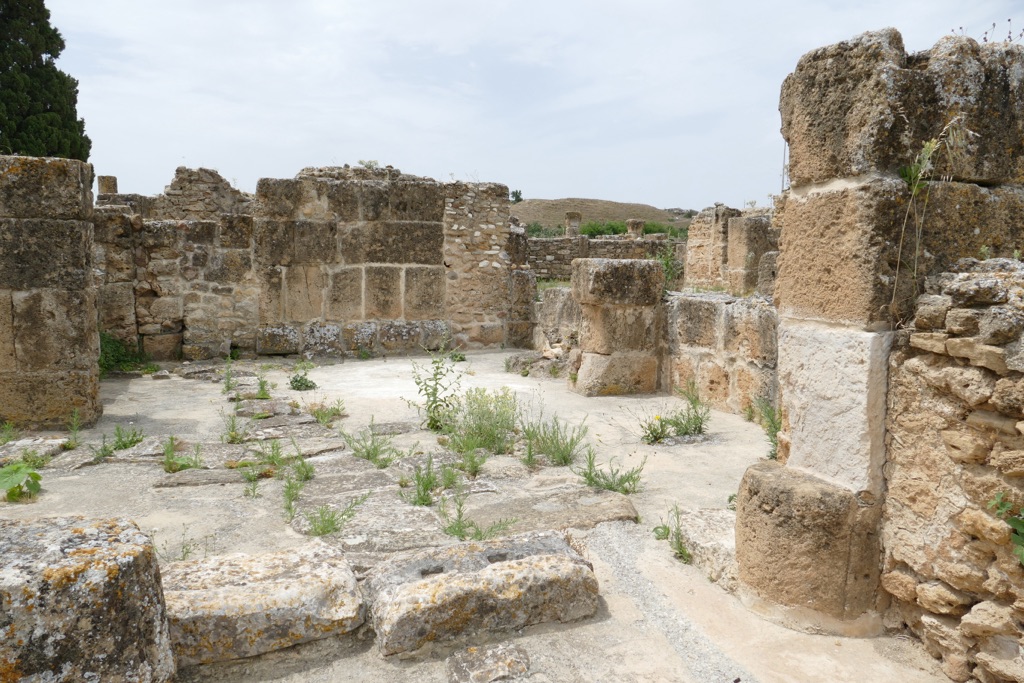
Utica in Tunisia
Utica, Tunisia, is an ancient city that holds a treasure trove of history within its ruins. Founded by the Phoenicians, it predates Carthage and was once a bustling hub of commerce and trade. Over time, it became a Roman city and witnessed significant historical events. Today, it stands as a testament to the various civilizations that have left their mark on this land.
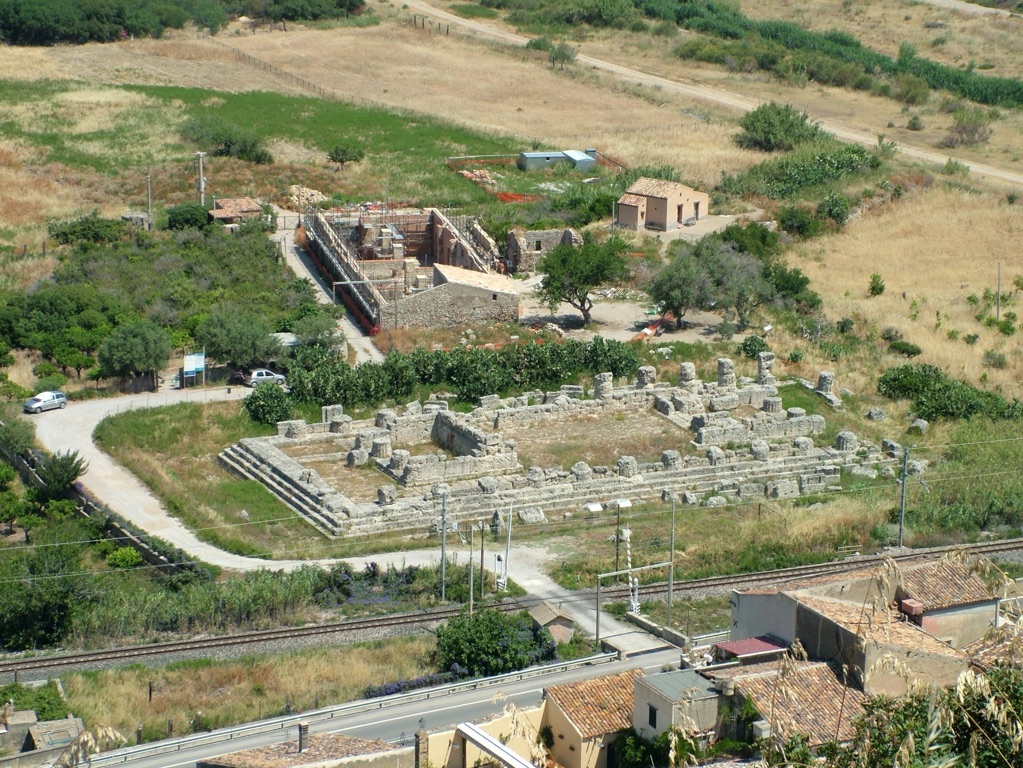
Himera
Himera, an ancient city on the northern coast of Sicily, was a significant site in antiquity. Founded by Greek settlers from Zancle (modern Messina) and Syracuse in about 648 BC, it served as a crucial cultural and commercial bridge between the Greek and indigenous cultures of Sicily. Himera is notably remembered for the great battles that took place nearby, including the Battle of Himera in 480 BC, where Greek forces defeated the Carthaginians. The city thrived until it was destroyed by the Carthaginians in 409 BC. Excavations have revealed extensive remains, offering insights into the life and times of ancient Himerans.
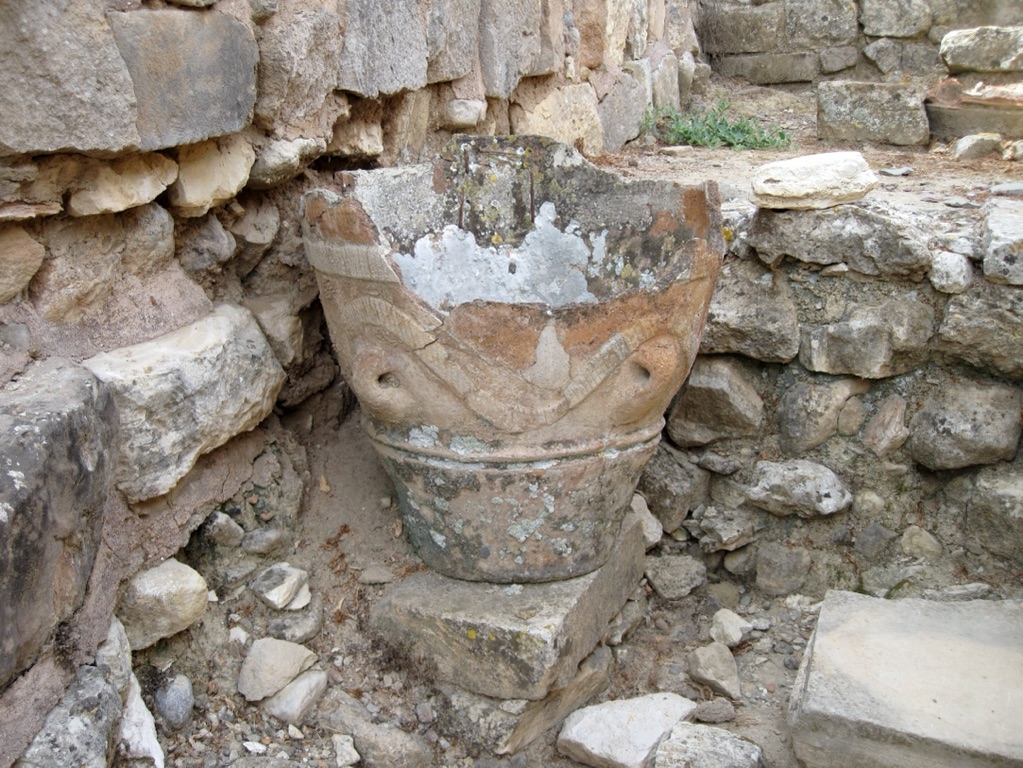
Archaeological site of Agia Triada
The Archaeological site of Agia Triada, also known as Ayia Triada, is a significant Minoan settlement located on the island of Crete, Greece. This site has provided a wealth of artifacts and structures that offer insights into the Minoan civilization. Discovered at the turn of the 20th century, Agia Triada has been a focal point for understanding the Minoan’s complex social, economic, and religious practices. The site’s name, which means “Holy Trinity,” is a modern appellation reflecting the nearby village and Byzantine church.
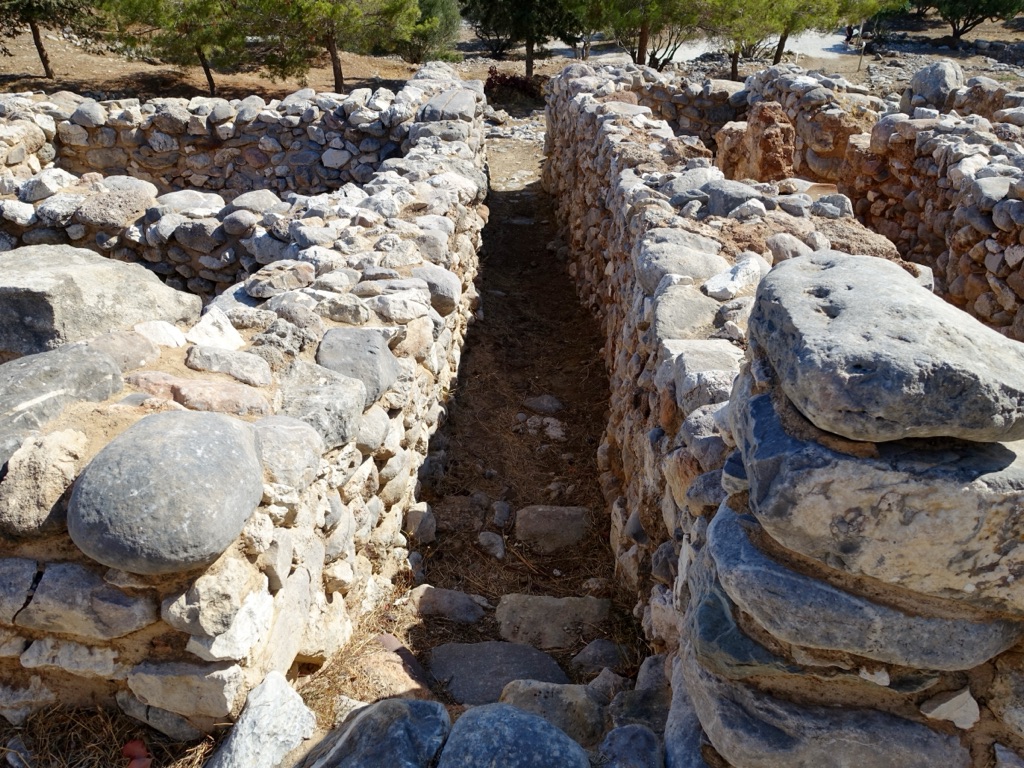
Archaeological Site of Gournia
The Archaeological Site of Gournia is a testament to the Minoan civilization that flourished on Crete. This well-preserved town offers a glimpse into the Bronze Age, showcasing urban planning, architecture, and artifacts from around 1550 to 1450 BC. Gournia’s discovery has provided invaluable insights into Minoan society, economy, and daily life.

